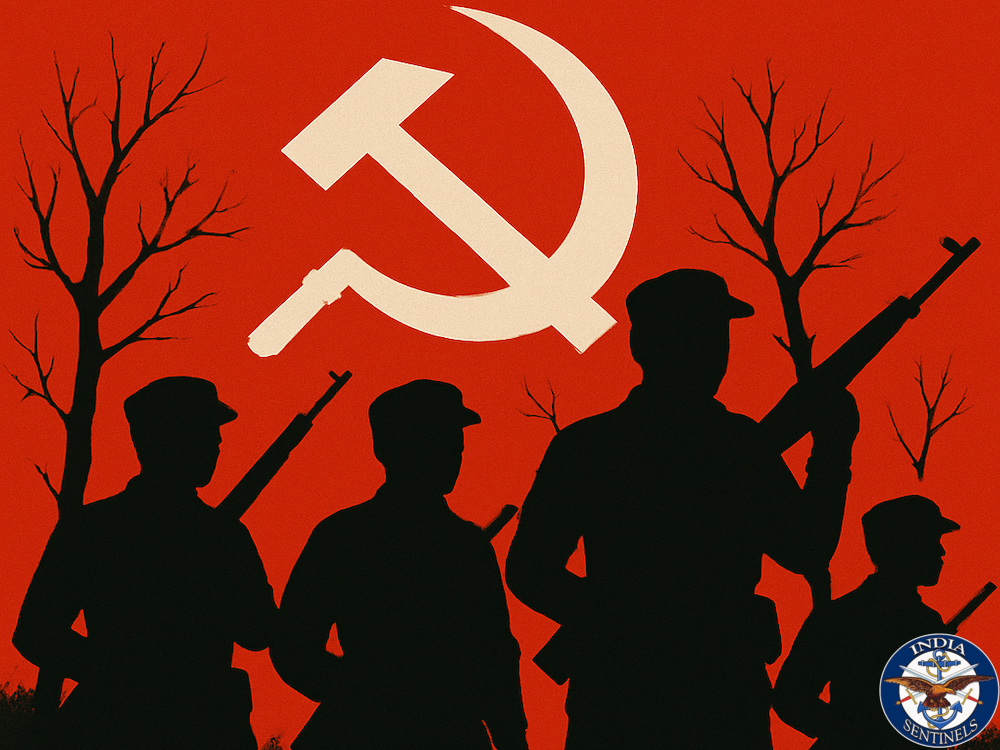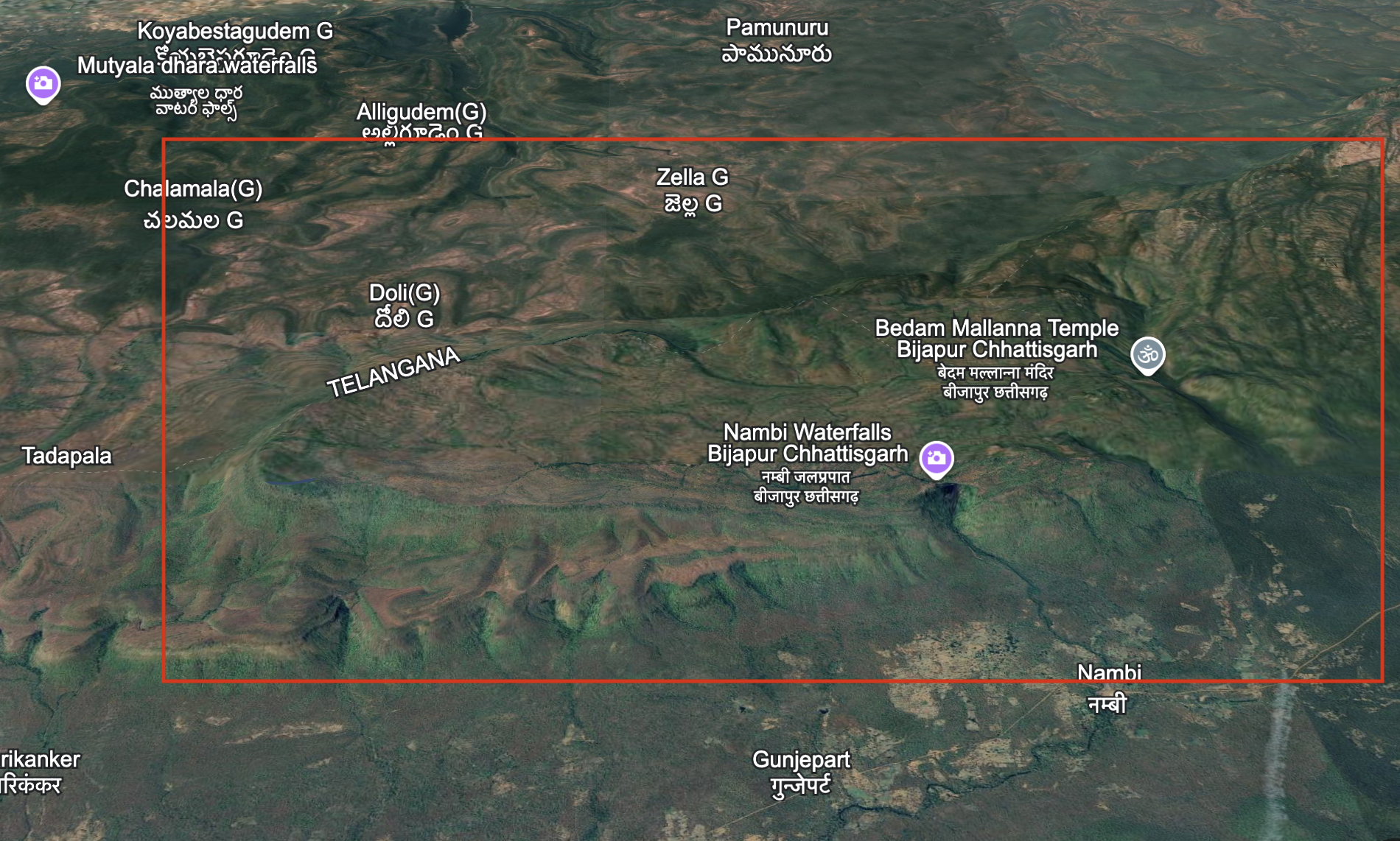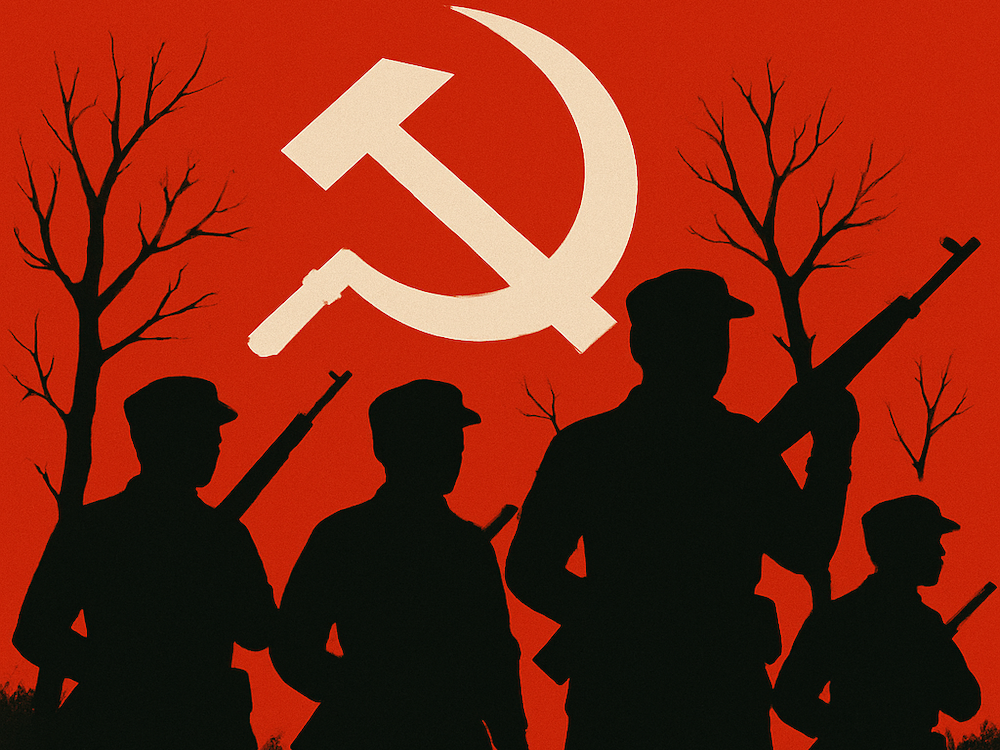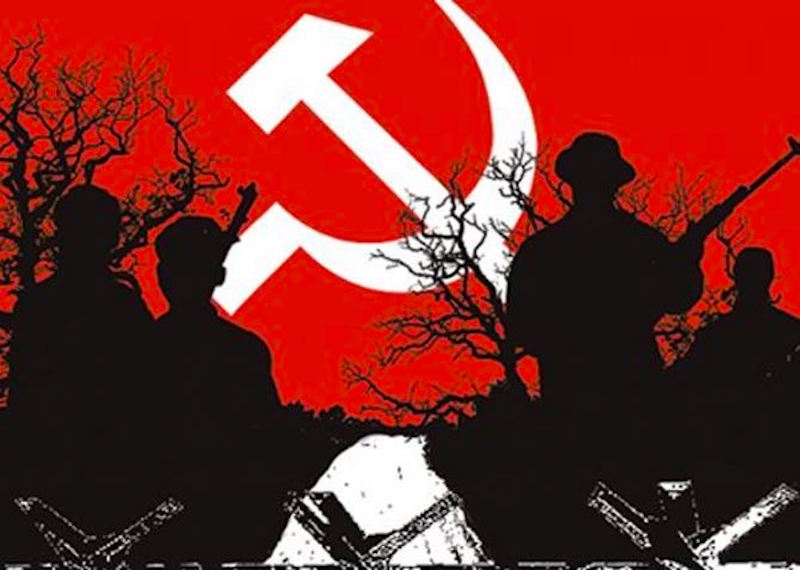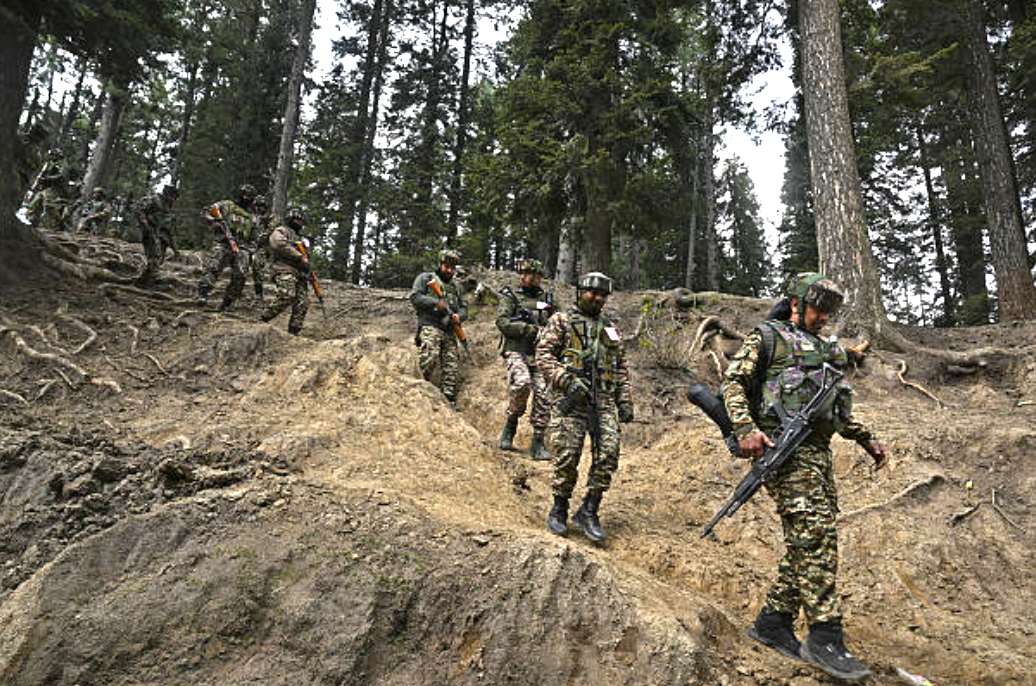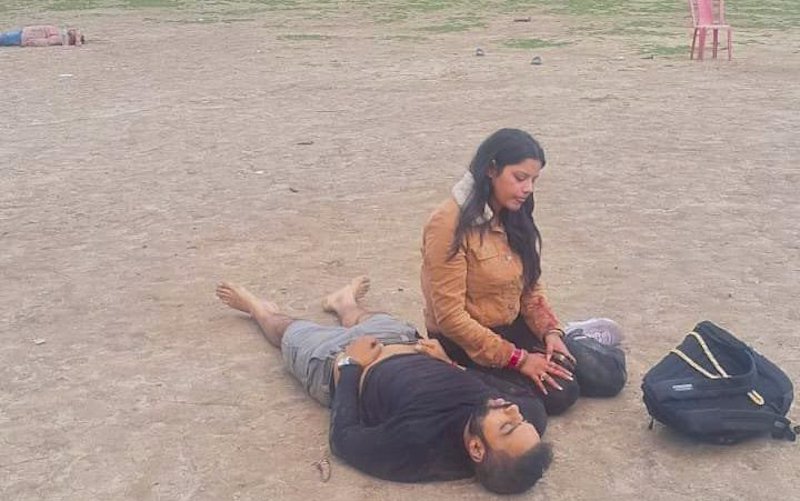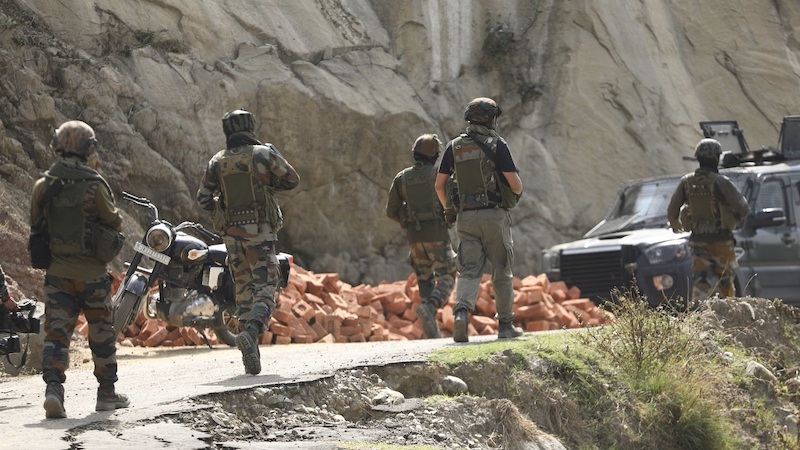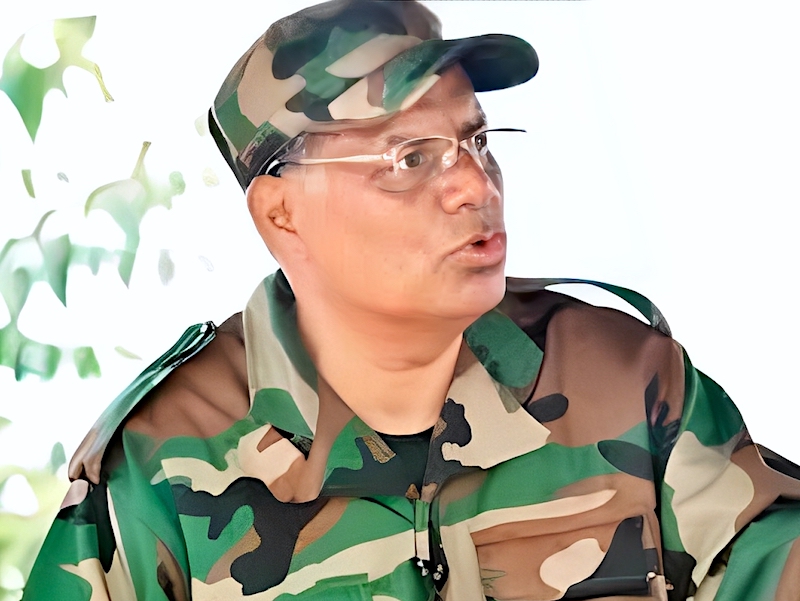 A digitally enhanced photo of Ulfa-I leader Paresh Baruah.
A digitally enhanced photo of Ulfa-I leader Paresh Baruah.
New Delhi/Guwahati/Dimapur: Indian security forces allegedly conducted a massive cross-border drone operation against insurgent camps inside Myanmar on late Saturday and Sunday, targeting multiple northeast militant groups in what could mark a dramatic escalation in the country’s counterinsurgency strategy. However, the Indian Army has officially denied any involvement in such operations, creating uncertainty around the reported strikes.
The pre-dawn operation, which allegedly occurred between 2am and 4am, targeted camps belonging to the Paresh Baruah-led United Liberation Front of Assam (Independent) (Ulfa-I) and other northeast militant groups along the India-Myanmar border. Intelligence sources described the strikes as involving over 100 UAVs (unmanned aerial vehicles), with some reports suggesting as many as 150 drones of Israeli and French origin were deployed.
The operation focused on Myanmar’s Sagaing Region, specifically the Naga Self-Administered Zone near the India-Myanmar border, targeting the Ulfa-I’s so-called “Eastern Command Headquarters” at Hoyat Basti and the 779 Camp at Waktham Basti. These locations have historically served as strategic bases for insurgent operations against Indian security forces.
Senior insurgent leaders reportedly killed
The most significant casualty was reportedly self-styled “Lieutenant General” Nayan Medhi, alias Nayan Asom, described as the chairman of Ulfa-I’s lower council and a key strategist and military trainer. His elimination, if confirmed, would represent a major blow to the organization’s operational capabilities as one of the most senior commanders in Ulfa-I’s military wing.
Ulfa-I subsequently claimed that two additional senior leaders, “Brigadier” Ganesh Asom and “Colonel” Pradip Asom, were killed in a follow-up missile attack during Nayan Asom’s funeral rites. The outfit alleged that missile strikes were launched while the last rites were being performed, resulting in additional casualties among officers, cadres, and civilians.
The organization reported that 19 of its cadres were killed and another 19 injured in the initial drone strikes. Through its self-styled “Second Lieutenant” Ishan Asom, Ulfa-I issued statements vowing retaliation against what it termed “occupational forces” and describing the attacks as violations of humanitarian norms.
Multiple sources indicated that camps belonging to the National Socialist Council of Nagaland (Khaplang) (NSCN-K) were also targeted, with intelligence inputs suggesting multiple casualties among NSCN-K cadres. Reports also indicated that positions held by the People’s Liberation Army of Manipur and its political wing, the Revolutionary People’s Front, were struck, with some cadres reportedly killed or injured.
Official denials
Despite extensive media coverage and detailed statements from insurgent groups, Army officials categorically denied any involvement in cross-border operations. Lieutenant Colonel Mahendra Rawat, public relations officer Defence (Guwahati), stated unequivocally: “There are no inputs with the Indian Army on such an operation.”
The chief minister of Assam, Himanta Biswa Sarma, also denied state involvement. He said, “The Assam Police is not involved in this, and no operation was carried out from Assam’s soil.” He noted that defence authorities typically issue statements after such operations, but none had been forthcoming.
The discrepancy between insurgent claims and official denials has created an information vacuum, with some analysts suggesting the attacks could be due to infighting among banned outfits rather than external military action.
Historical precedent
The alleged July 2025 strikes would represent a continuation of India’s willingness to conduct cross-border operations against northeast insurgent groups based in Myanmar. The most significant precedent was Operation Hot Pursuit, conducted on June 9, 2015, following the ambush of an Army convoy that killed 18 soldiers of the 6 Dogra Regiment in Manipur’s Chandel district.
That operation involved 70 Special Forces commandos from the 21 Para (SF) who crossed into Myanmar territory and targeted two camps belonging to NSCN-K and allied groups. The operation reportedly resulted in 38 insurgent casualties and marked India’s first acknowledged cross-border strike in Myanmar.
In 2019, India and Myanmar conducted joint operations under Operation Sunrise, targeting insurgent camps along the border in two phases. The operations specifically aimed at dismantling bases of the Arakan Army and other anti-India insurgent groups, particularly those threatening the Kaladan Multi-Modal Transit Transport Project.
Ulfa-I getting ISI support
Intelligence sources indicate that Ulfa-I has been significantly weakened in recent years. The organization is reportedly left with only one senior functionary, Arunodoy Dohotiya, operating from Myanmar. Another key commander, Rupom Asom, was arrested by Assam Police in May 2025.
Baruah himself is described as being at the lowest point of his insurgency career, with reports suggesting he has deep links with Pakistan’s Inter-Services Intelligence (ISI) and operates from border areas near the China-Myanmar-India trijunction.
However, intelligence sources have identified concerning developments regarding external support for northeast insurgent groups. Reports suggest that since January 2025, the ISI has been actively backing Ulfa-I, with a key meeting between Baruah and ISI operatives allegedly held in Chittagong on January 23, 2025. Pakistani-supplied arms reportedly reached Ulfa camps subsequently, raising concerns about cross-border destabilization efforts.
Myanmar’s civil war complicates border security
The alleged Indian operations occurred against the backdrop of Myanmar’s ongoing civil war, which has significantly destabilized the border region since the military coup of February 2021. The breakdown of central authority has created ungoverned spaces that insurgent groups from northeast India have exploited for establishing camps and conducting operations.
The India-Myanmar border has become increasingly porous, with the 1,640-kilometre frontier presenting numerous challenges for security forces. The free movement regime (FMR), which allows cross-border movement within 16 kilometres on either side, has been under review by Indian authorities due to security concerns.
Strategic implications
If confirmed, the July 2025 operations would represent a significant escalation in India’s counterinsurgency strategy, demonstrating a willingness to use advanced drone technology for precision strikes against insurgent infrastructure. The use of over 100 drones would mark a technological leap from previous operations, which relied primarily on ground-based Special Forces.
The alleged strikes also reflect India’s growing frustration with the persistence of insurgent camps in Myanmar despite diplomatic efforts to address the issue. The operations, if they occurred, would send a clear message to both insurgent groups and their external supporters about India’s resolve to neutralize threats regardless of international boundaries.
The story has been extensively covered by regional northeast media outlets, with significant discussion on social media platforms. However, mainstream national media has been more cautious in its reporting, reflecting the sensitivity of cross-border operations and the lack of official confirmation.
The targeting of senior leaders like Nayan Asom, if confirmed, would represent a major blow to Ulfa-I’s operational capabilities and could significantly impact the group’s ability to conduct future operations. The apparent coordination of strikes against multiple insurgent groups simultaneously demonstrates a sophisticated understanding of the interconnected nature of Northeast insurgency networks.
The information warfare surrounding these events, characterized by insurgent claims and official denials, highlights the complex dynamics of modern counterinsurgency operations. The lack of official acknowledgment may reflect diplomatic sensitivities regarding operations in Myanmar, particularly given the ongoing civil war and international concerns about sovereignty violations.

